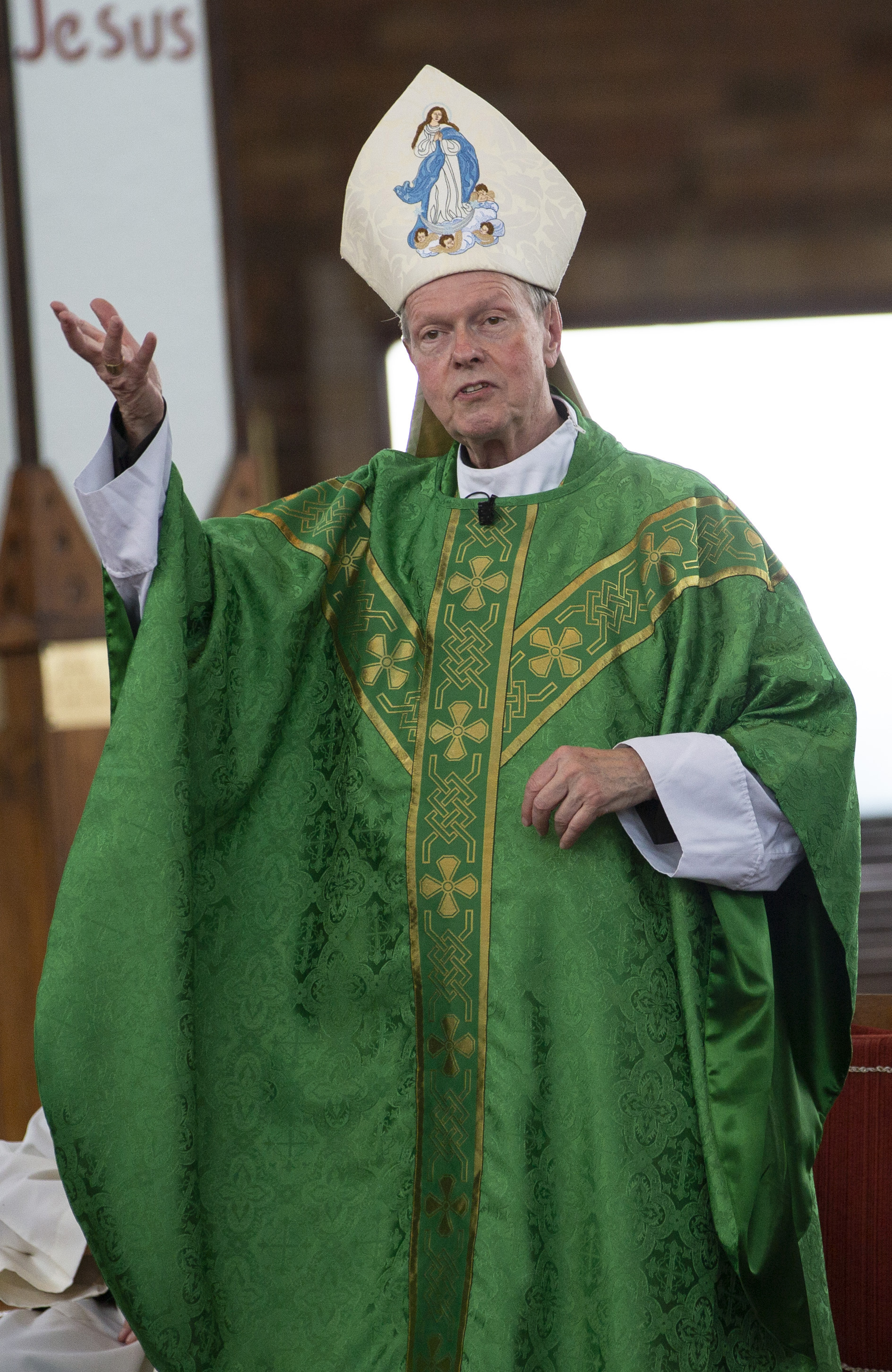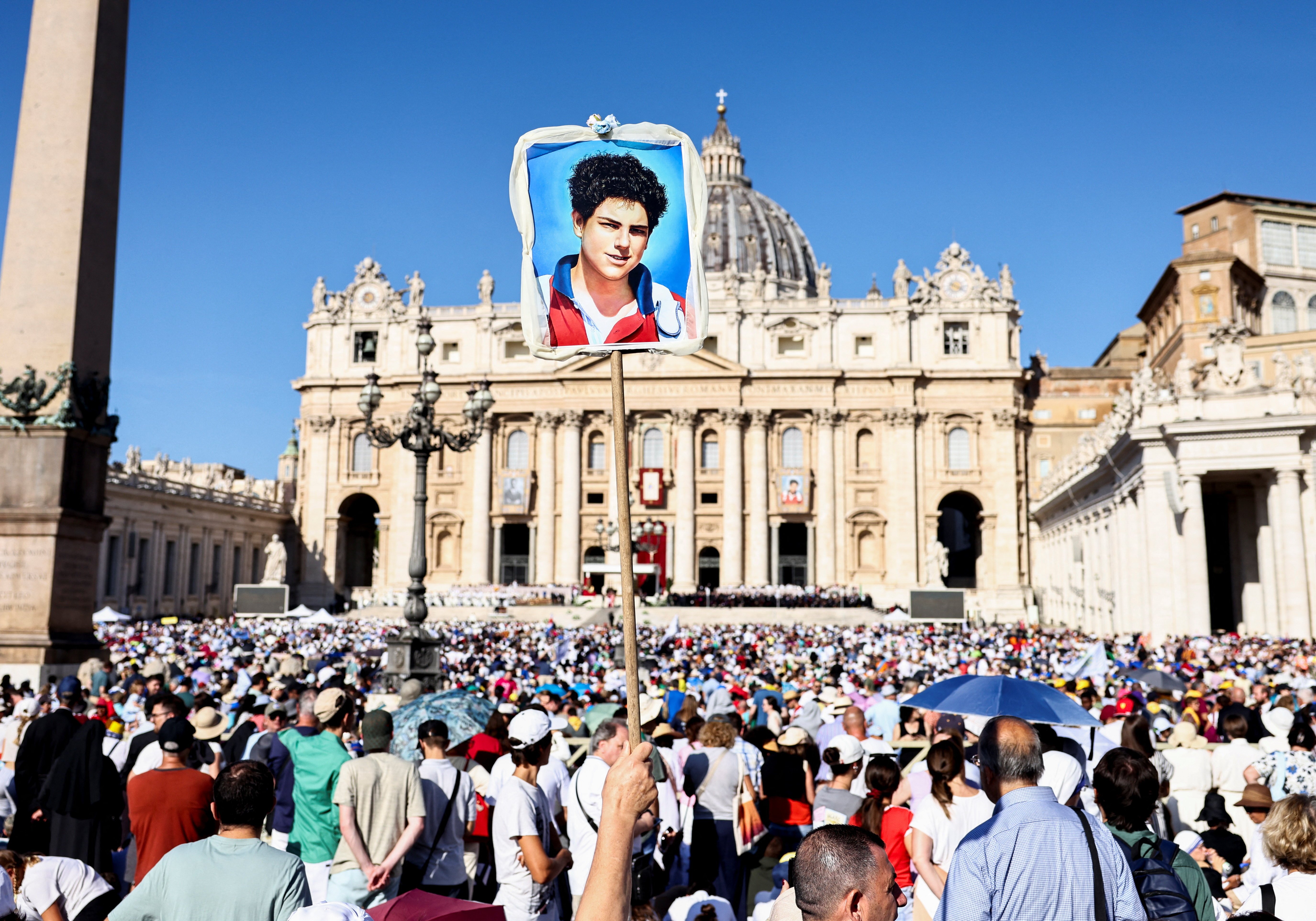April 6, 2018 at 1:53 p.m.
Biographer plumbs Al Smith's story
Robert A. Slayton, a native of the Bronx who now teaches history at Chapman University in California, did part of his research in Albany at the State Library and Archives, which house much of the documentation about the first Catholic to be elected governor of New York.
In addition, because he believes that "churches are the foundation stones of a community," Mr. Slayton said it was "natural for me to track down parishioners from the Cathedral" of the Immaculate Conception, which is located next to the Governor's Mansion. It served as Smith's parish when he was governor in the 1920s.
Reclaiming Smith
Mr. Slayton penned the book, subtitled "The Rise and Redemption of Al Smith," because he believes Smith was "a very important figure who's been neglected of late."Smith, the son of immigrants, grew up in the tenements of New York City. He has long been considered an Irishman through and through, but his father was, in fact, half-Italian and half-German (his mother was 100-percent Irish).
Smith rose through New York City's powerful Tammany Hall and the state's rising Democratic Party to become a reform-minded governor nicknamed "the Happy Warrior." His immense popularity led to his being nominated for president in 1928 in a race that pitted him against Herbert Hoover.
Why he lost
The presidential campaign was marked by extensive anti-Catholic sentiment that led to Smith's defeat by a wide margin. Even his home state rejected him, despite the overwhelming support he had achieved during his gubernatorial races."The Twenties were a time of deep social conflict," the author explained. The Ku Klux Klan was ascendant, even in the North, and there was suspicion of immigrants and Catholics, the constituencies Smith represented.
"Smith stood up and said that immigrants, tenement dwellers and urban people are Americans and have to be accepted," Mr. Slayton said. "That's an important message."
But it wasn't one many people wanted to hear. "He was beaten so badly because of the hate campaign," the author stated. "If the cultural war wasn't there, he probably would have lost anyway, but not as badly."
Claims to fame
After leaving politics, Smith remained in public life, authoring articles and books, and making an aborted attempt to run for president in 1932, only to be defeated for the Democratic nomination by Franklin D. Roosevelt, Smith's successor as governor of New York.Mr. Slayton marveled at Smith's ability to pop up in history at memorable moments: reforming fire and building codes after a 1911 fire that killed 146 people at the Triangle Shirtwaist factory in New York City; throwing out the first ball at the newly built Yankee Stadium; and becoming president of the Empire State Building when it opened during the Depression.
Progressive
While governor, Smith appointed women and Jews as his top advisors, a move that placed him ahead of his time. Mr. Slayton believes that part of the reason for Smith's openmindedness was his religious faith."Smith was a remarkably sincere fellow," he explained. "He reached out to people who worked best for him, and it didn't matter if it was a woman or a Jew. The people he chose were all sharp, personally loyal to him and incredibly qualified. And they all had a personal chemistry with him, something that goes beyond explanation."
Those qualities -- loyalty, choosing people for their abilities and a progressive approach to government -- derived in part from Smith's deeply held Catholicism, which Mr. Slayton describes as "very devout and real."
"He truly believed," Mr. Slayton said. "He was not narrow in his religion. It gave him guidelines on morality and decency, and on how government should help people. Religion was a comfort and a general system of morality to keep one on the right path."
Forgotten man
With the passage of time, Smith's name has somewhat faded, the biographer said, something "that happens in history. He didn't become president, and school kids learn the presidents, not the losers."Other great figures in American history have entered the same twilight, he noted, naming William Jennings Bryan and Hubert Humphrey.
But Smith's life should be reclaimed, he continued, because "it's a great story. I'm very fond of Al. His is a great American rags-to-riches story. He was a flawed, real human being who lived a fabulous life. We're still a nation of immigrants; we still debate who's an American and what that means. Smith forces us to think about those issues."
("Empire Statesman: The Rise and Redemption of Al Smith," by Robert A. Slayton and published by the Free Press, is available at local book stores.)
(03-29-01) [[In-content Ad]]
- Pope praises late duchess for her charity work, ‘Christian goodness’
- Pope not there ‘to create doubt’ but to be ‘prophetic voice’ of church, Congolese cardinal says
- ‘Nuns on the run’ case in Austria highlights plight of aging, dwindling religious
- Pope phones Gaza parish as Israel launches new offensive on city
- Pope’s birthday celebrated in Peru with cakes and prayer
- Honesty, vigilance, faith all key to kids’ healing from trauma, say Catholic psychologists
- Love is at the heart of a vocation, pope tells Augustinians
- Theology must address climate change, AI, other real concerns, pope says
- Pope encourages hiring people with disabilities at the Vatican
- Pope urges church to listen to sorrows of abuse victims, walk together







Comments:
You must login to comment.